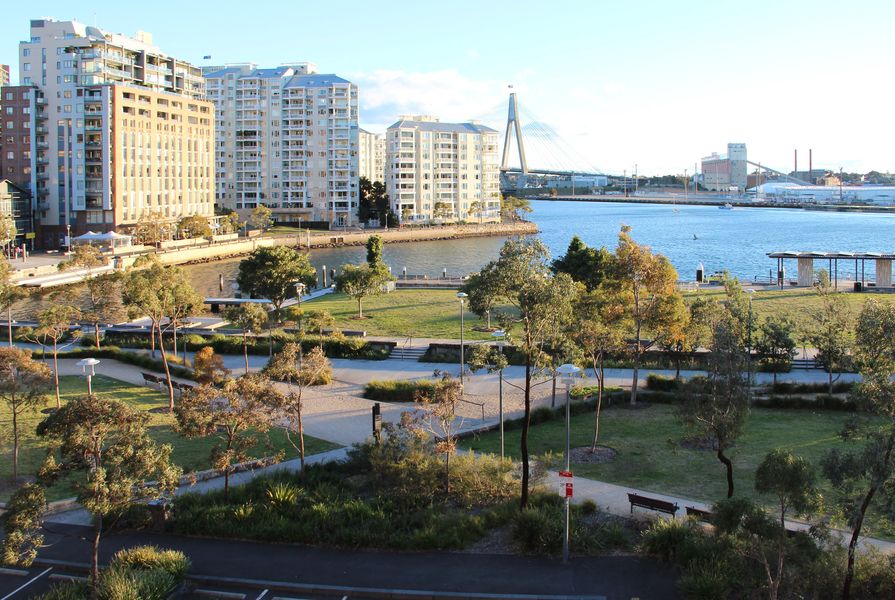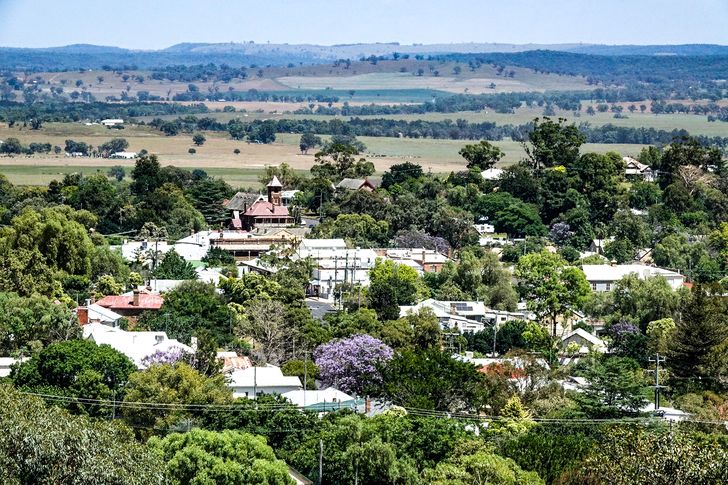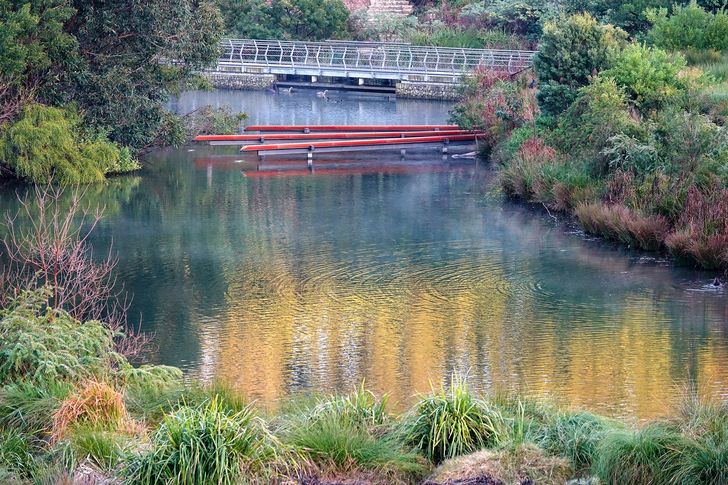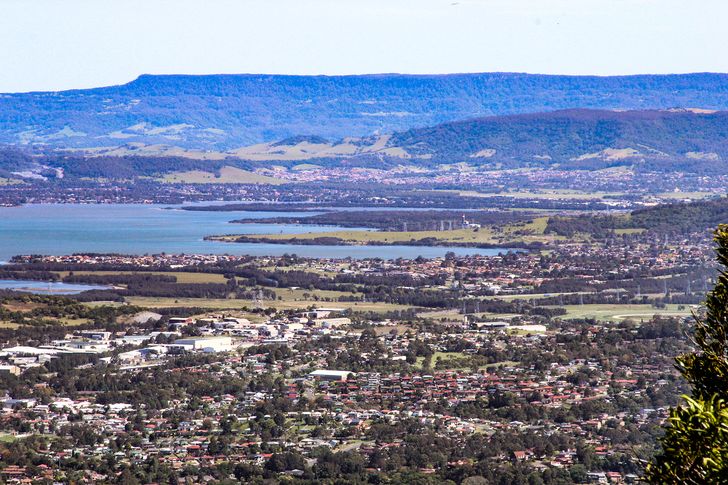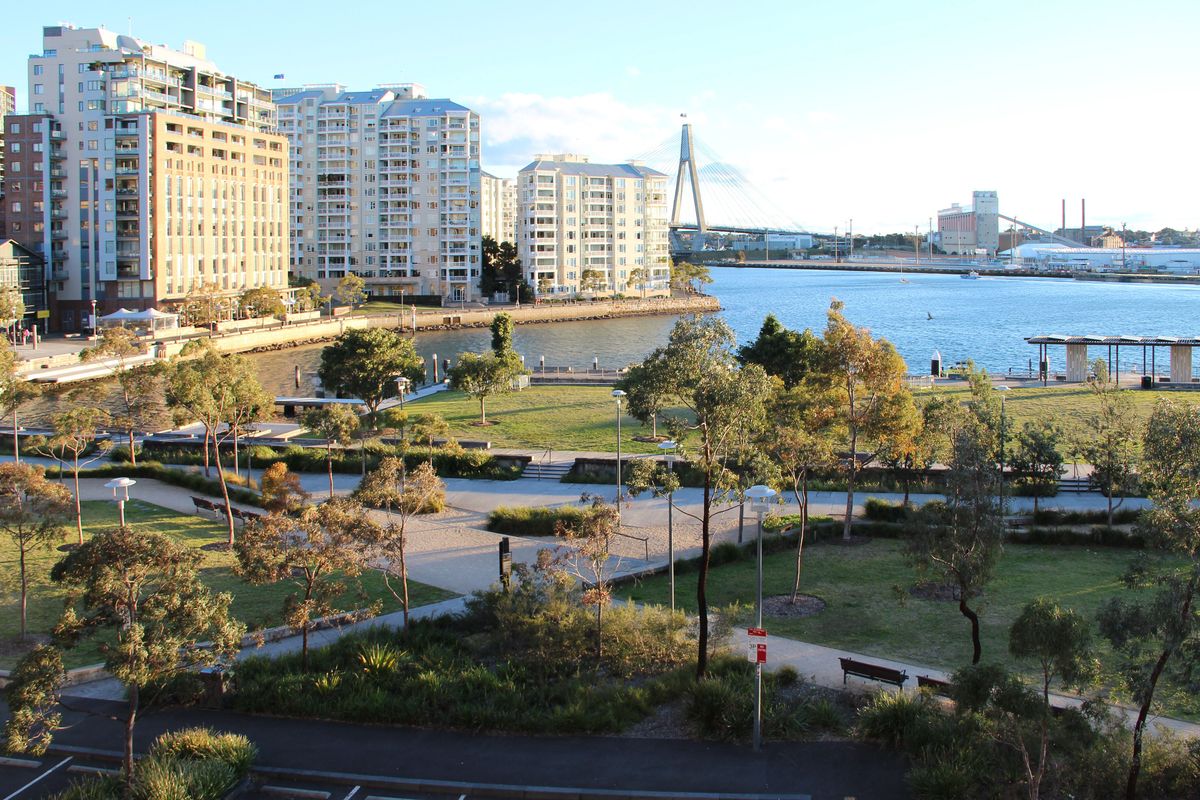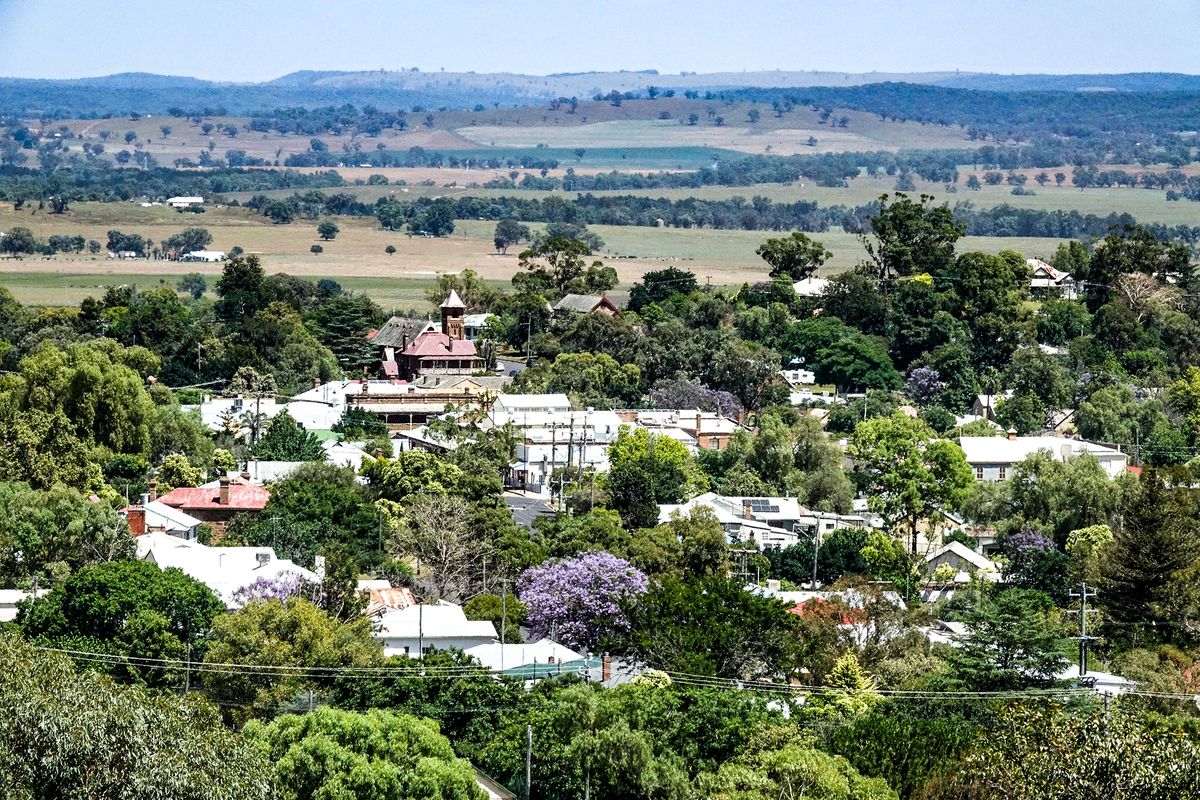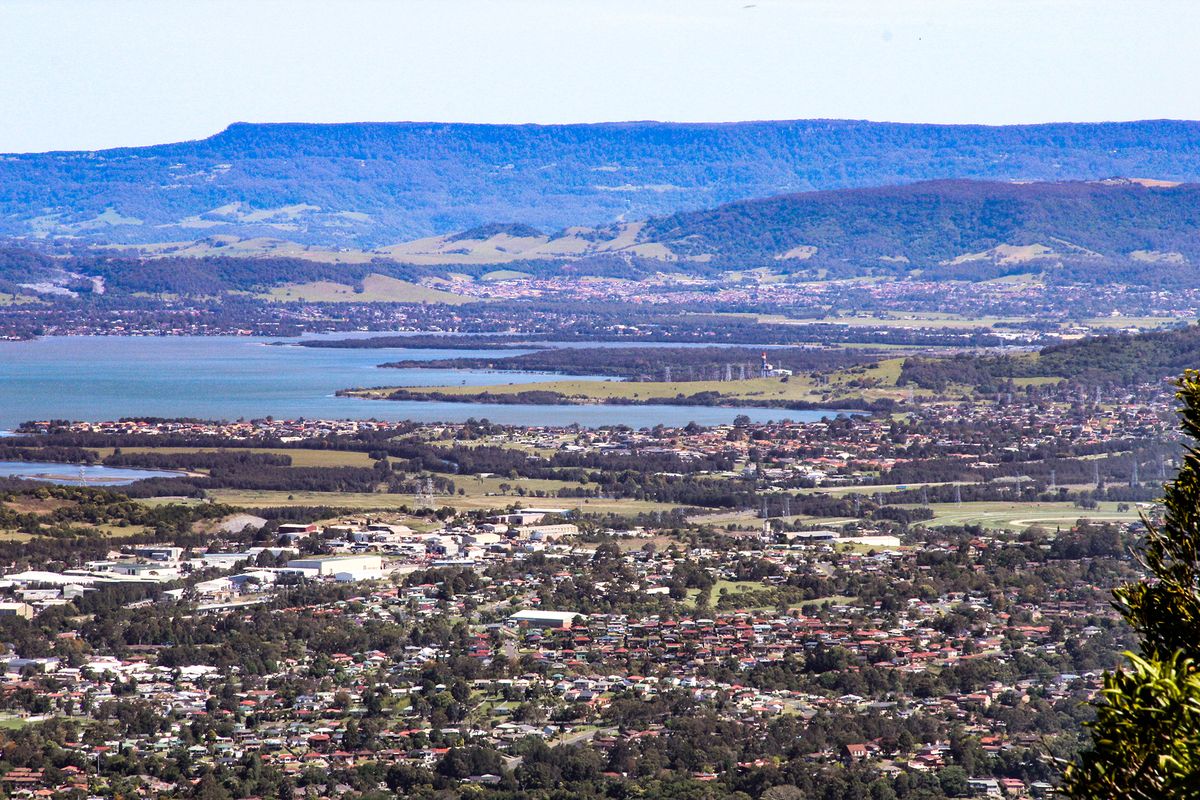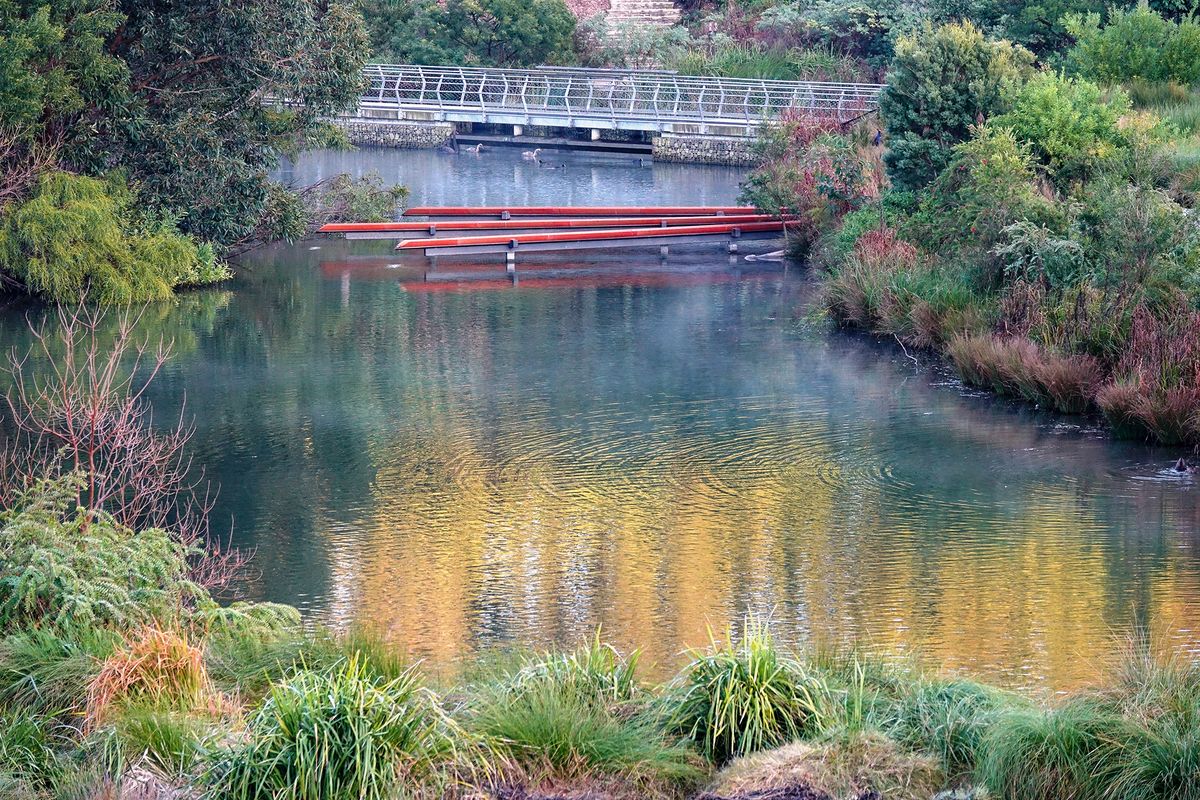Emily Wong: What gave you the initial idea for establishing the Landscape Foundation of Australia and what were the conditions out of which the idea arose?
Noel Corkery: We saw a need to broaden the reach of the landscape profession to achieve its full potential. The arena of not-for-profits provides a great opportunity to expand that reach. It opens up a lot of new opportunities that include more interaction with community groups, obtaining and applying funding through grants and donations, and collaborating with other not-for-profits with complementary goals. Compared to other professions, for instance law and medicine, there are not many not-for-profit organisations that relate to the landscape profession. We view “landscape” in its broadest sense, as involving not only landscape architecture, but also disciplines such as ecology, social sciences, environmental engineering, planning, economics and business management. Given the purpose of the Foundation and background of the founding directors, we anticipate that there will be a substantial presence of landscape architects, particularly during the initial years of LFA, but this will change over time as the organization evolves. While there are already quite a lot of organisations effectively dealing with natural environmental issues, we saw a need to bring a focus to landscapes and natural environments associated with urban areas in Australian cities and towns.
Catherin Bull: The Foundation is something which extends the notion of professional life. Professional activity can be extremely focused on getting the next job done because there are so many jobs to do. The idea of a foundation is to harness the kind of energy that professions like landscape architecture need to have, putting that energy and ongoing financial commitment into broader concepts of landscape health, and all those committed to the Australian landscape through their research, scholarship and broader professional activities. These are the additional dimensions that you will often find in very successful professions where it’s about more than just survival – it’s about growth of the group, growth of knowledge. Landscape architecture needs to be a profession that shows broader interest in its domain. Doing this is critical.
Linda Corkery: We three have all been national presidents of AILA. For me, being in that role gave me a deep understanding of the purpose and operations of AILA and it was clear that did not include funding research and scholarships. As an academic, besides teaching, I was required to produce research and scholarly work. There aren’t many grants available for landscape-related research or fellowships in Australia, much less funding for student scholarships or support for early-career academics. We saw this as a great opportunity for the Foundation to make a real difference.
View over the township of Manila, New South Wales.
Image: Noel Corkery
EW: What are the Foundation’s key aims in terms of what it will provide and the kinds of services it will offer?
NC: The Foundation’s purpose is to support the protection, restoration and sustainable management of landscapes and natural environments in Australian cities and towns. This will be achieved through the combination of support for research, scholarships and community-based projects with funding obtained from donations, grants, bequests and business partnerships. In addition to funding, the Foundation aims to harness the skills of supporters through pro bono work to engage in projects that align with the purpose of LFA.
EW: Can you differentiate between what the LFA is aiming to do and the activities of other not-for-profits that have an environmental focus?
CB: Well, specifically the Foundation focuses on the settled areas of Australia, where there are major threats to biodiversity. That focus is about using design planning and technical skills to respond to these problems and distinguishes LFA from other environmental organizations in the not-for-profit realm. We all know that the more people you get in an environment, the more complex the problem-solving becomes, and the issues arising from the way people interact with these landscapes are always changing. Australian cities and settlements are expanding at a very fast rate, and the technical and cultural challenges this poses are significant.
Australia needs solutions that focus on its particular problems because those problems are not duplicated elsewhere in the world. While there may be similarities, we need place-specific research and case studies and we need to make the results of those available to the people who are working in those areas. The Foundation is about thinking about how we can improve this situation, focusing on the application as well as generation of fundamental research and providing the kind of drive and commitment needed for this to improve.
NC: Organizations such as Greening Australia and Landcare are generally focused on projects that get plants in the ground, and they’re highly experienced and very effective in achieving that. Bush Heritage owns and manages 1.2 million hectares of land and helps manage an additional 10.1 million hectares, working in collaboration with Indigenous groups and other landowners. Their purpose is to restore and manage the ecological and cultural values of these extensive land areas. The Nature Conservancy and World Wildlife Fund have very effective environmental management, research and advocacy programs. We are confident that LFA can fill a niche by bringing the particular expertise of landscape design thinking to urban landscapes and natural environments. We don’t necessarily see ourselves as planting lots of trees, but rather our purpose is more about helping community groups build their capacity to conceptualise, articulate, plan and implement projects to which they are committed. We aim to help them put their aspirations into a strategy or plan that they can use to apply for grants and to develop broader community support. But, at the end of the day, those community groups have got to be invested, and ultimately it’s up to them to follow through and achieve their goals.
The channels at Sydney Park in Alexandria, New South Wales discharge water to the lake bridge above the weir.
Image: Noel Corkery
EW: Are there particular research topics the foundation is interested in supporting?
NC: We’re in the process of refining our research areas and topics, and it’s very early days. The focus will be on research that generates information, knowledge and insights that can be applied to help achieve the purpose of the Foundation. Something that has come out of the COVID restrictions is an increased awareness and appreciation of public open space and its role in terms of people’s physical and mental health. Hopefully, we can build on that in terms of raising and extending that awareness and then translating it back to communities. So that will be a key area of research, I think, in terms of generating new knowledge that can be translated back to community-based projects.
CB: It’s important to recognize that the Foundation has not-for-profit status and has been formally accepted as a charity. Now the next stage is to engage a broader membership and workers to start thinking about these specific fields of activity, how can we most effectively develop – that’s what we’ll be doing next.
LC: Currently, climate change is at the top of the list along with biodiversity loss due to a combination of factors including urban expansion. So, those are two likely starting points. But ultimately the research needs to be on topics that focus on place-specific research. For instance, when it comes to an all-encompassing issue like climate change, the Foundation will seek a role in helping communities identify their specific issues and the actions that they can undertake in their place.
EW: Are there organizations elsewhere, for instance, in Asia or Europe that have similar aims or use a comparable operating model? Earlier you mentioned the Landscape Architecture Foundation in the US.
NC: Well, we did have a good look around and actually didn’t see that any existed in Australia. So, we realised that a great opportunity existed and confirmed for us the need to establish the Landscape Foundation of Australia.
LC: The Landscape Architecture Foundation (LAF) in the US is the most comparable model. LAF originated as part of the American Society of Landscape Architects (ASLA) but have been an independent organisation for over 20 years. We’ve established a working relationship with LAF as their activities are also largely focused on research and awarding scholarships and fellowships, so they provide a great model for us. In the UK, there’s the Landscape Research Group (LRG), also a not-for-profit foundation, and their focus is to support cutting-edge thinking, research and publications. It also runs seminars and webinars to disseminate the work of the researchers who they fund. For the LFA, some aspects of LRG’s activities will be very relevant.
View from Mt Keira Lookout across urban area south of Wollongong, New South Wales.
Image: Noel Corkery
EW: I understand you have one community-based project that’s happening at the moment. It would be great to hear about that.
LC: Yes! We’ve recently been awarded a grant from theNAB Foundation’s community grants program in their latest funding round which focused on the issues of community resilience, readiness and recovery. We’ll be working with the town of Uralla in northern New South Wales on a project called “Keeping Uralla Cool.” Our project partners are a local group, Z-Net, who are helping Uralla reach net zero energy consumption by 2030. We’re also working with Dr Louise McKenzie, landscape architect and urban heat expert. The project is very much about raising community awareness, asking: What does it mean to be a resilient community in the face of increasing urban heat? What is a readiness strategy that the town can put in place to anticipate hotter summer days to deal with urban heat issues in their town? There will be community workshops to identify and articulate the issues and then think about where and how to address them in the town. The outcome is likely to involve some landscape design ideas, but there will be other aspects to consider as well. This is an example of the type of project we intend to get colleagues involved with in the future – not to compete with them for projects, but to offer ways for them to contribute in pro bono roles.
CB: What’s also important is rigour in reporting outcomes and to ensure that what is communicated is not only comprehensible but is comparable with the kind of research and investigation that would normally be published or in the public domain. This will demonstrate that the landscape profession and those other related professions have that capacity and skill. It’s a bit like the clinical reporting of doctors, who constantly report on clinical outcomes in an extremely rigorous environment. It’s a real challenge for landscape architects to step up into that space and demonstrate what it means to apply knowledge to practice and to provide systematic review.
NC: It’s been said many times that to address the incredibly complex issues of climate change and biodiversity loss we need to work across disciplines. The Foundation sees a role for it to act as a catalyst to bring together those other professions to achieve a cross-disciplinary approach to these big challenges.
EW: So, how does someone become involved with the foundation? How can they participate if they’re interested?
CB: First off, you can decide what sort of things you might want to do. Do you want to be regularly involved? Do you want to be actively involved? Perhaps you don’t have time right now, but you could contribute financially. Are you interested in just being a member at this point, or in standing up for one of the working parties, or even becoming a board member? Have you got particular skills that you would bring to any of those roles? The whole Foundation – running scholarships, and research and community-based projects, working out the organisation’s financial capacity and developing this –will require work. And so, there’s different ways that people can get involved: join the board, join a working party, volunteer for one of the projects, make a financial contribution, even just tell other people. We want to engage with people who have strong views, capacity and intent to make a difference in all of the Foundation’s areas.
It’s worth repeating that we’re not strictly a membership organization. There is certainly the potential to have members, but the Foundation – as Linda mentioned earlier – is not there to serve the members, it’s there to go beyond that.
EW: What are your next steps in terms of moving forward and building up?
NC: The Foundation’s constitution provides for up to seven directors. The LFA Board currently comprises the three founding directors, so we will be actively seeking additional directors who can bring their skills, experience and energy to expand the diversity and capacity of the Board.
LC: The next stage of development will be a considered process of organisational capacity-building. We aim to keep the momentum going and get more people involved with the organisation to continue to build and strengthen it. We’re inviting people to make themselves known to us by submitting expressions of interest through the website. The feedback that we’re receiving has been very positive! In the near future, we’ll be convening a series of roundtable discussions with groups of people to develop the initial ideas we’ve been working on, and out of those discussions specific working groups will established that need leadership and active participants.
To learn more about the Landscape Foundation of Australia, visit the website here.

